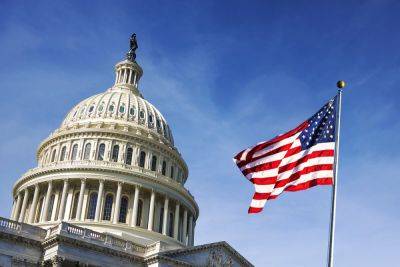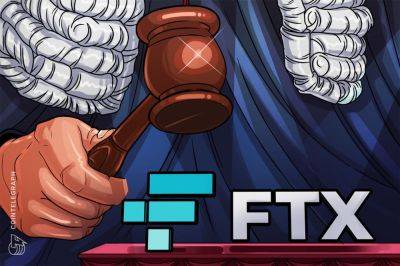Regulators unveil plans to force regional banks to raise debt in case of failure
U.S. banking regulators on Tuesday unveiled plans to force regional banks to issue debt to protect depositors in the event of more failures.
All American banks with at least $100 billion in assets would be subject to the new requirement, which makes them hold a layer of long-term debt to absorb losses in the event of a government seizure, according to a joint notice from the Treasury, Office of the Comptroller of the Currency, Federal Reserve and Federal Deposit Insurance Corporation.
FDIC Chairman Marty Gruenberg telegraphed his intentions last month in a speech at the Brookings Institution.
Broadly, the proposal takes measures that apply to the biggest institutions — known in the industry as global systemically important banks, or GSIBs — down to the level of banks with at least $100 billion in assets. The moves were widely expected after the sudden collapse of Silicon Valley Bank in March jolted customers, regulators and executives, alerting them to emerging risks in the banking system.
That includes steps to raise levels of long-term debt held by banks, removing a loophole that allows midsized banks to avoid the recognition of declines in bond holdings, and forcing banks to come up with more robust living wills, or resolution plans that would take effect in the event of a failure.
Gruenberg also said regulators would look at updating their own guidance on monitoring risks including a high concentration of uninsured deposits, as well as changes to deposit insurance pricing to discourage risky behavior. The three banks that were seized by authorities this year all had high levels of uninsured deposits, which was a key factor in their failures.
Analysts have focused on the debt requirements because that is the most
Read more on cnbc.com






















